We all know that trees convert light energy into oxygen through photosynthesis. So what happens in the fall and winter when most trees lose their leaves, which are used to photosynthesize? Is the oxygen level in the air decreasing? If it’s not falling, why isn’t it falling?
As we were all taught in middle school science, trees produce oxygen through photosynthesis, making them one of the main oxygen producers on land. But what many of us misunderstand is when it comes to the entire Earth. percentage of contribution of trees to oxygen production.
As you know, trees shed their leaves in autumn. This raises the question: How can a tree without leaves produce oxygen? Or does it produce? If not, how can we continue to breathe? The answer to these questions is not that simple, because there are many factors that affect the global oxygen cycle, and trees are only a small part of it.
First, let’s learn the shocking truth: Trees are not our planet’s chief oxygen producers.
One of the first questions we have to ask is, how much oxygen trees actually produce and how this compares to the total amount of oxygen in the atmosphere. By some estimates, trees undertake about 30% of terrestrial photosynthesis, that is, they produce about 30% of the oxygen released by land plants. The rest comes from other plant species such as grasses, crops, shrubs and mosses.
More importantly, terrestrial photosynthesis only responsible for half. The other half is in the oceans. algae, phytoplankton and cyanobacteria It comes from marine photosynthesis performed by These microscopic organisms are often “lungs of the planetThey are called ‘ because they produce about 50% of the oxygen we breathe.

Algae, phytoplankton and cyanobacteria
Therefore, when we add up all the oxygen production sources on Earth, we can roughly calculate the total oxygen supply of the trees. We can say that it contributes about 15%. In other words, the fact that trees shed their leaves and stop producing oxygen for a few months does not cause a noticeable change in oxygen levels. But that doesn’t mean trees are unimportant, of course.
Another question we need to ask is how much oxygen the trees consume and how this affects the net oxygen balance.
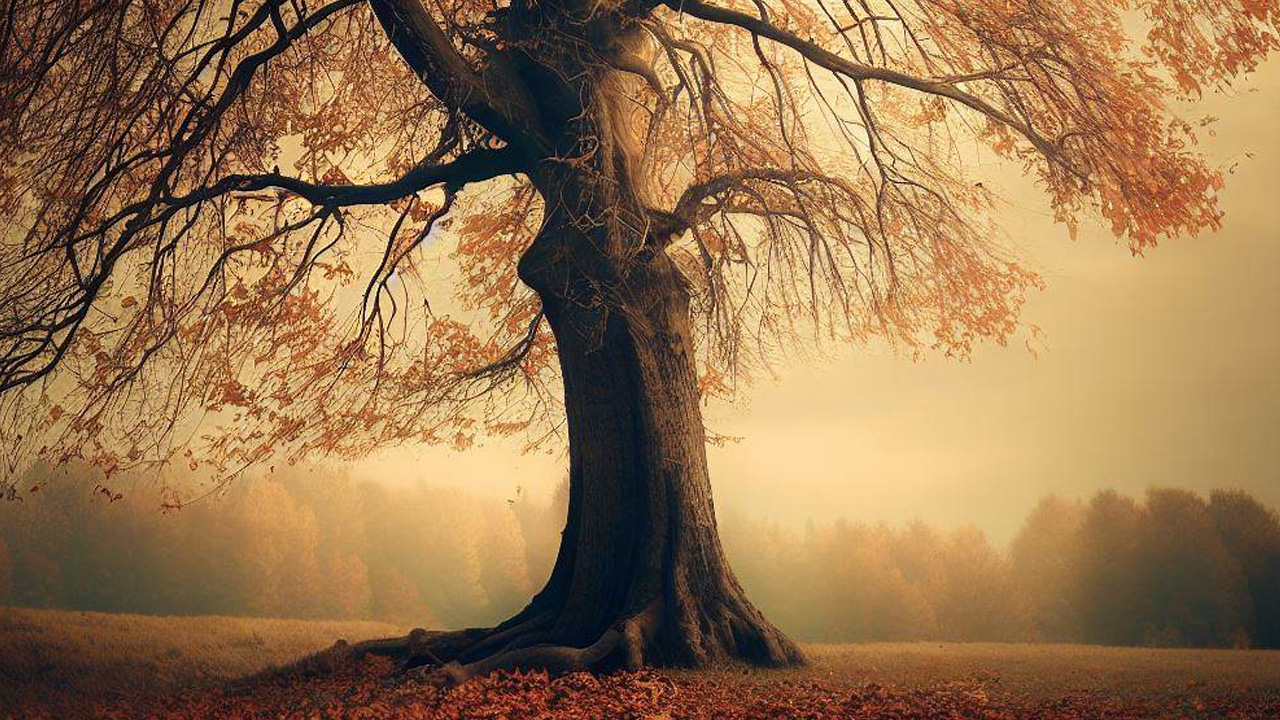
Like all living organisms, trees need oxygen for respiration; which means they use oxygen to break down sugars and release energy for growth and maintenance. Trees all year round, dormant in winter or they breathe even when leafless.
The amount of oxygen consumed by trees; it actually depends on various factors such as their size, age, species and environmental conditions. But as a general rule, trees consume about half of the oxygen they produce. This affects the oxygen balance of the trees. a net positive effect It shows us what it has, but not as much as we think.
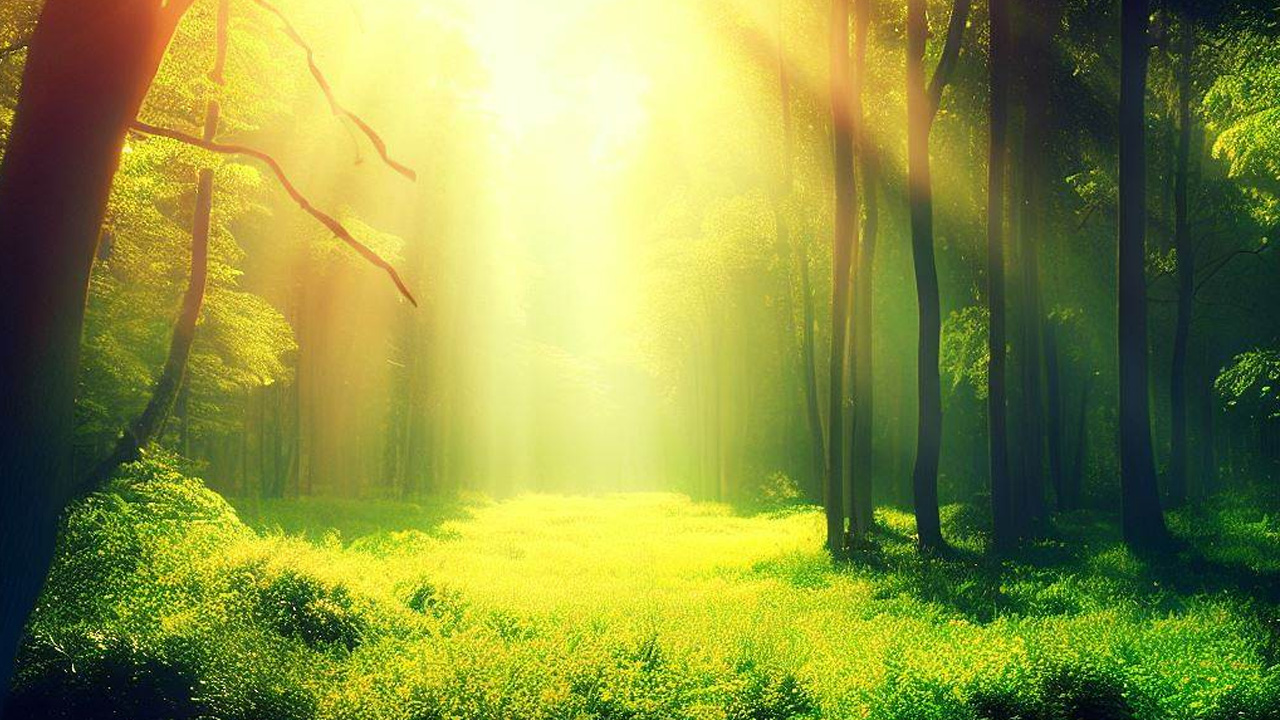
For example, a mature leafy tree can produce enough oxygen for 10 people in a season for a year, but it also has the capacity to consume enough oxygen for 5 people in a season for a year. So the net effect is a tree can support 5 people for a year with oxygen production. In addition, trees spend their leafless period by reducing their own respiration rate and consuming less oxygen. This has a positive effect on the net oxygen balance.
What about other sources of oxygen production and consumption? Is there a time when they stop too?
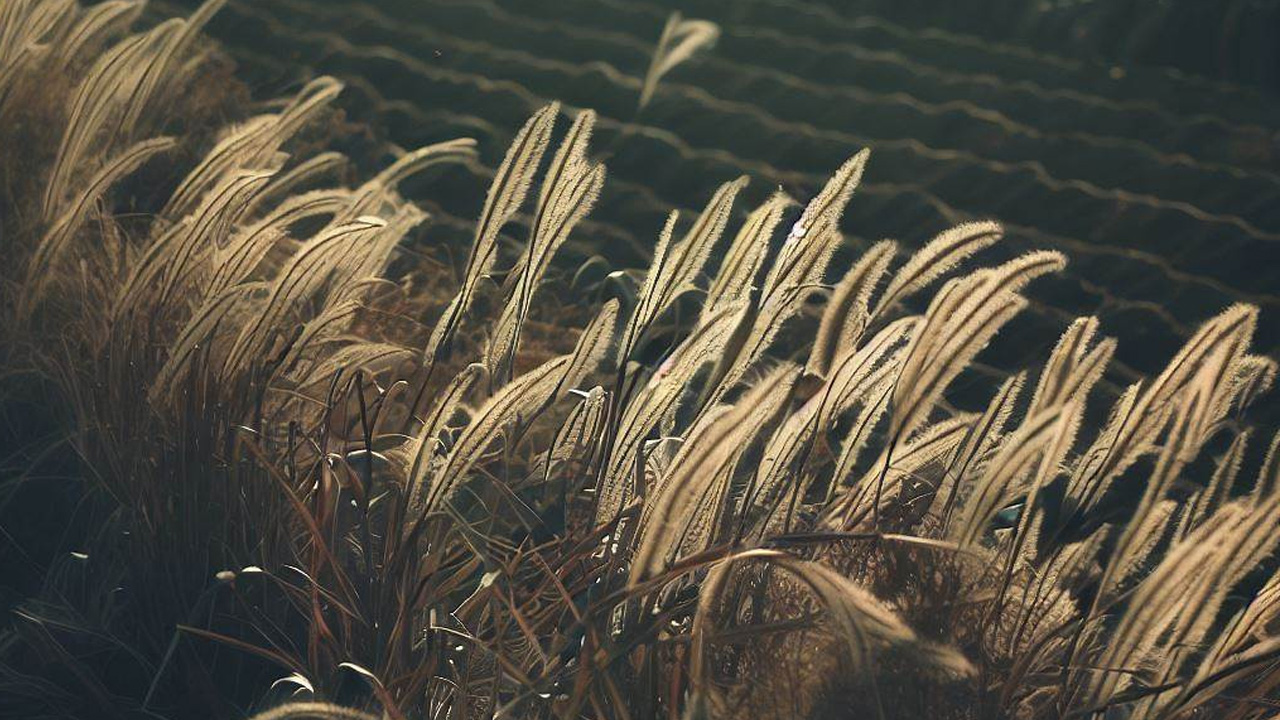
It turns out that the seasons have a similar effect on them. For example, grasses and crops also stop growing and photosynthesizing in winter, but they also reduce respiration, like trees. Similarly, algae and phytoplankton in the oceans to the presence of light and have seasonal cycles of growth and decline, depending on the food source.
So, overall, the seasons affect both oxygen production and consumption in a balanced way, meaning that oxygen levels don’t change much throughout the year. In fact, according to measurements by the Scripps Institution of Oceanography in California, atmospheric oxygen levels have been relatively stable since 1991, It fluctuates slightly between 20.94% and 20.96%.
(And don’t be surprised, it’s about 78% of Earth’s atmosphere.) nitrogen/nitrogen forming.)
What other factors affect the Earth’s oxygen level?
Of course, the seasons aren’t the only factor affecting oxygen levels. There are many natural and man-made factors that affect the global oxygen cycle, such as volcanic eruptions, forest fires, burning of fossil fuels, land use change and climate change. While some of these factors have a positive effect on oxygen levels, many have a negative impact.
volcanic eruptions
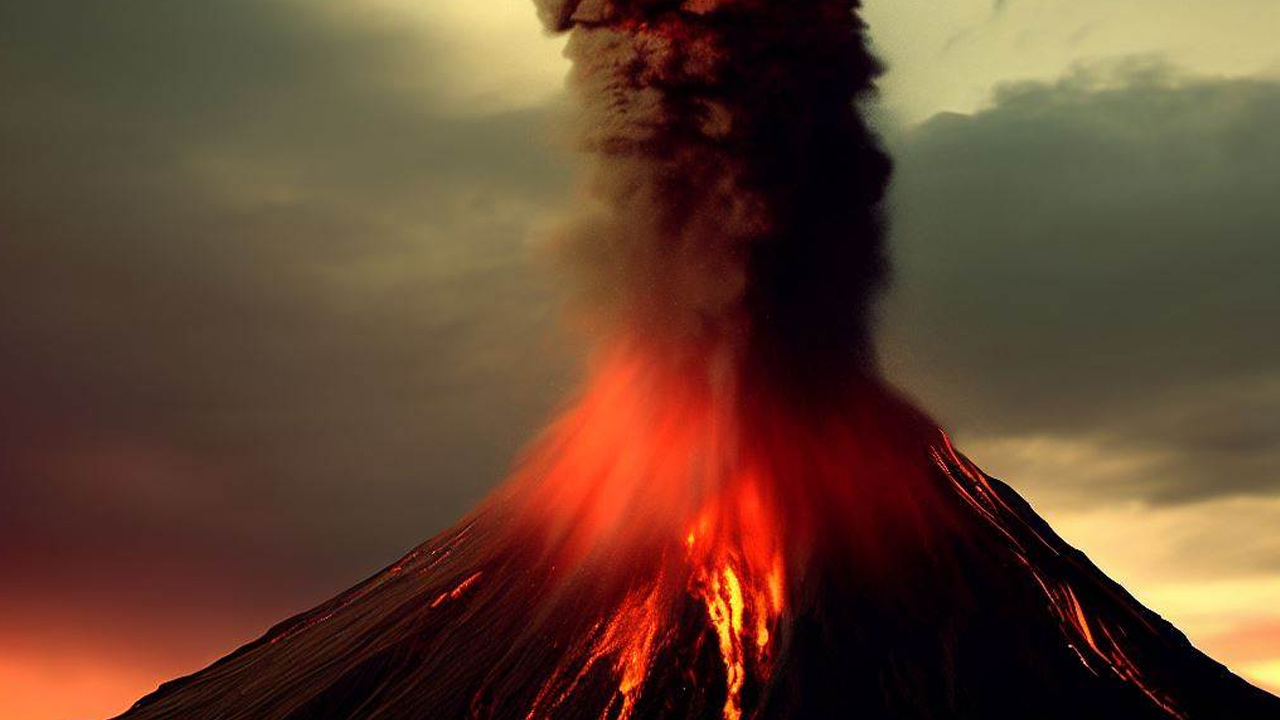
Volcanic eruptions can release large amounts of carbon dioxide and sulfur dioxide into the atmosphere, which can then react with oxygen, lowering oxygen levels. Not only that, but the volcanic ash and dust released from the eruption, as it blocks sunlight It also reduces photosynthesis.
Forest fires
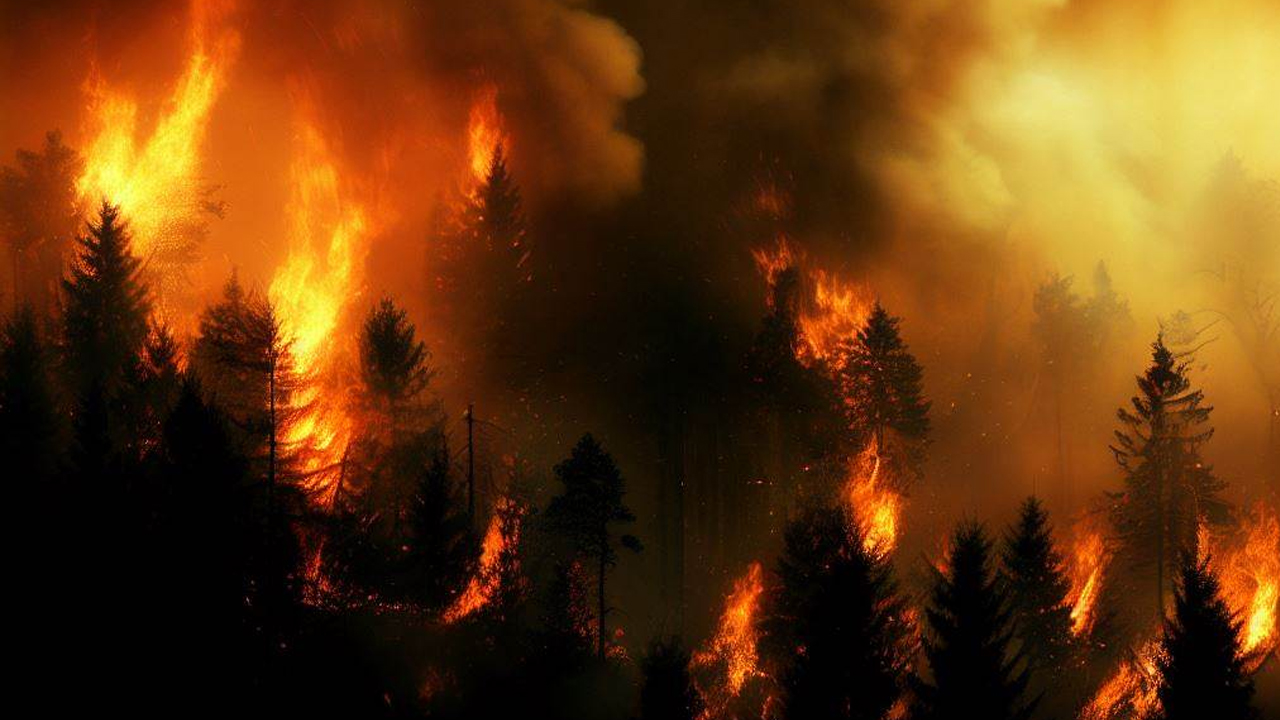
Similarly, wildfires can consume large amounts of oxygen by burning biomass, but they can also encourage new growth and photosynthesis by removing dead wood and releasing nutrients. Combustion of fossil fuels can also consume large amounts of oxygen by burning coal, oil and gas, but it also carbon dioxide levels enough to increase plant growth and photosynthesis can also increase.
Land use change
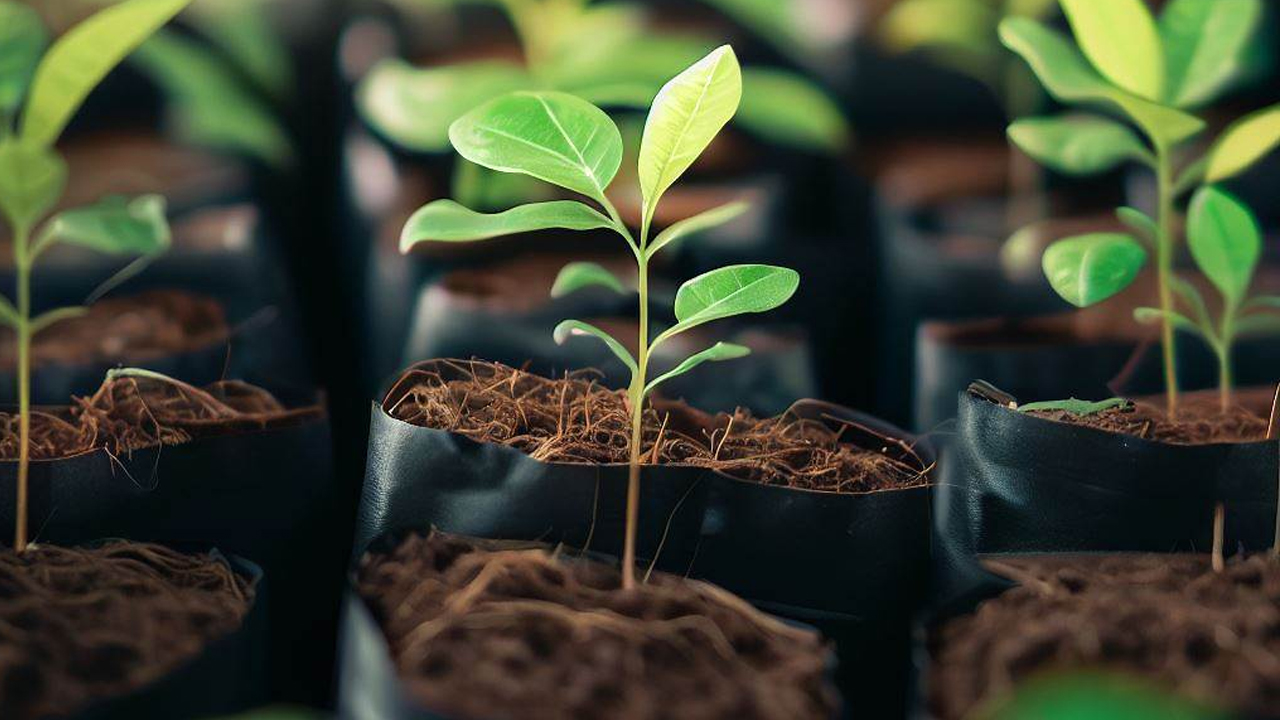
Land use change can also affect oxygen levels by changing the amount and type of vegetation on the Earth’s surface. For example, cutting trees can reduce oxygen production but by removing decomposing organic matter can also reduce oxygen consumption. In the opposite scenario, i.e. planting trees with afforestation, oxygen production can be increased, but adding decomposing organic matter can also increase oxygen consumption.
climate change

Finally, climate change can also affect oxygen levels by altering temperature, precipitation, and wind patterns that affect photosynthesis and respiration. High temperatures can increase respiratory rates and lower oxygen levelsbut also can also increase evaporation rates and water vapor levelswhich can trap heat and can increase the rate of photosynthesis.
As you can see, there are many factors that affect oxygen levels in complex and sometimes counterintuitive ways. However, the overall impact of these factors is really small compared to the total amount of oxygen in the atmosphere. In fact, according to a study by University of Michigan climate scientist Chris Poulsen, oxygen levels between 10% and 35% in the last 500 million years, It has changed little over the last 10 million years.
In conclusion, we can say that trees shed their leaves and reduce oxygen production, It does not affect our oxygen balance.
RELATED NEWS
How Do The Japanese, Who Can Obtain Wood Without Cutting Trees, Do It? The Answer Is Hidden In The ‘Daisugi Technique’!
RELATED NEWS
If You’re Locked in an Elevator, How Long Can the Oxygen Inside Keep You Alive?
RELATED NEWS
What is MCV, which shows the ‘size of red blood cells’ responsible for carrying oxygen in our body, what does its low mean?
RELATED NEWS
